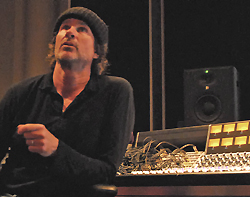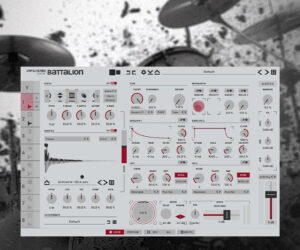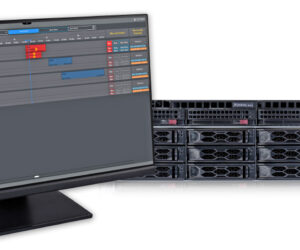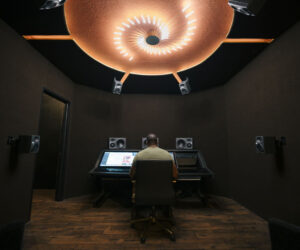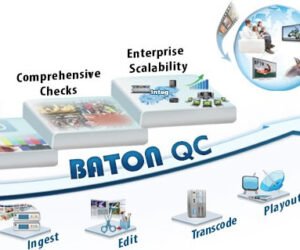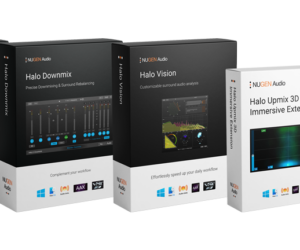Working on a follow-up album to its 2009 debut, Chickenfoot has recently finished recording new tracks on a 16-channel API 1608 console.
The band, comprised of Sammy Hagar (Van Halen), Michael Anthony (Van Halen), Chad Smith (Red Hot Chili Peppers) and solo musician Joe Satriani, worked at Hagar’s Red Rocker Sound studio – an annex to the lead singer’s house that was once a rehearsal space.
According to veteran recording and mixing engineer Mike Fraser (AC/DC, Guns ‘N Roses, Metallica), the 1608 played a pivotal role in capturing Chickenfoot’s music.
“I absolutely love the sound of the 1608,” says Fraser. “It’s classic API. The 1608 shares the reliability of other API gear. In fact, it works so well and so transparently that I seldom had to think about the mechanics of what I was doing on the board. It was like an extension of my hands.”
John Cuniberti, who helped convert Red Rocker Sound into a “proper” recording facility, installed the 1608. “I wasn’t comfortable with the thought of installing a ‘control surface’ at Sammy’s studio,” he explains. “The band, and more of the folks they work with, grew up with traditional analog consoles. By [integrating the console into the studio], we have the power of digital editing with the sound of classic American rock. That’s the best of both worlds for Sammy and Chickenfoot.”
Fraser recorded the band in the time-tested way of cutting drum and bass tracks and then overdubbing guitars and vocals. For the initial take, he used all of the console inputs to permeate Smith’s drums with a classic American rock sound before sending them to the studio’s Pro Tools system.
Fraser recorded the remaining instruments with external hardware that included a rack of API 550b four-band equalizers. He said that thanks to the 1608’s flexibility, he was able to deliver the inputs to his DAW, but still mix the sessions on the API console.
“Because we typically had more than 16 tracks, I submixed stems in Pro Tools to output to the 1608,” said Fraser. “We could have done the whole thing digitally, but the sound is just way better when it comes out of the box. The sound has a lot more punch, a lot more air and a lot more dimensionality. A pure, in-the-box mix sounds flat and narrow. Because everything was sounding so awesome through the 1608 as we were going forward, the guys were inspired.
“[And that] is what makes the biggest difference between an average recording and a great recording.”


